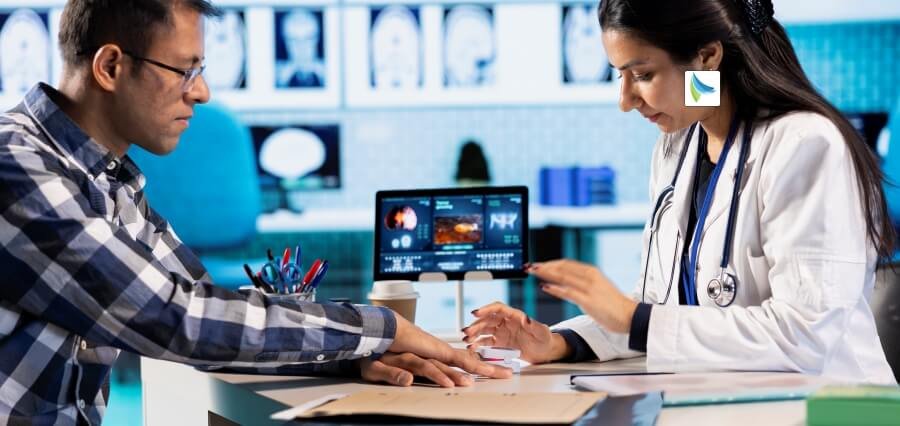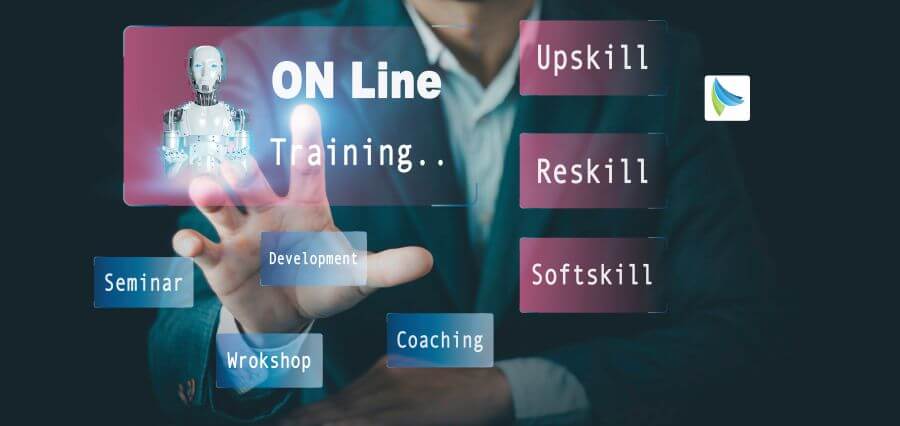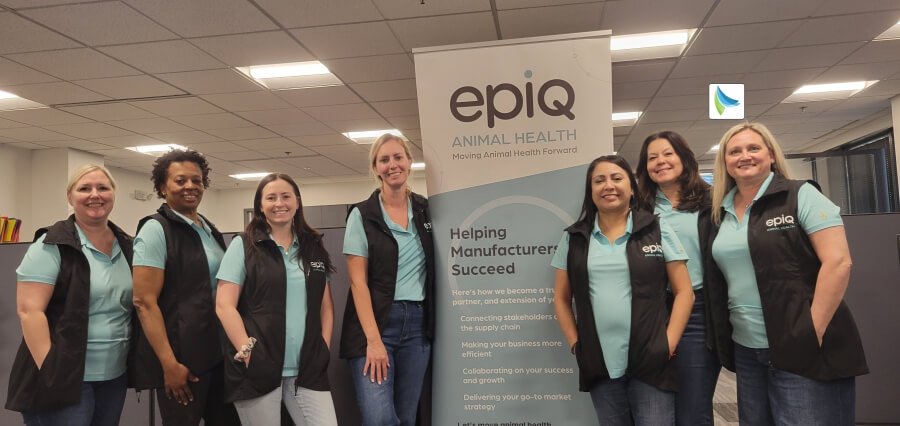With the ever-evolving, fast-changing pace of the world today, the value of education has never been more critical. In societies that are bedeviled by entrenched issues like technological change, climate change, and economic inequality, education systems need to be refashioned to respond to the demands of the 21st century. Longer-term planning for education development is the keystone to creating sustainable development, with individuals able to learn through life and social justice achieved. Dividends might be gained in the longer term by investment in education and long-term planning at the level of individuals and society, changing lives and changing the world and the nation.
This article highlights the main pillars of education development strategy such as policy innovation, equity of access, and integration of technology.
Policy Innovation and Strategic Planning
One of the pillars of education development is establishing strong, evidence-based policy that is aligned with national development aspirations and global standards of education. Planning education must transcend paradigms and adopt flexibility, accountability, and sustainability. This requires curricula to be aligned with labor needs, enacting vision-oriented teacher training programs, and having measurable goals for student performance. Wholeness policy structures need to address all education levels—early childhood, right through to tertiary and vocational education—providing continuity and coherence within streams of learning.
Regional requirements need to be addressed by policymakers as well when formulating national education policy. Heterogeneity of culture, regional economic contexts, and values is essential in deciding suitable models of good education. Involving teachers, students, parents, and local leaders in the policy formulation can localize the policy and make it owned. Also, there should be a mechanism of continuous monitoring and review that assesses the effect of educational reforms and also provides space for corrective action at the appropriate time. Strategic planning, as information-based and people-focused, renders education programs dynamic, effective, and responsive.
Ensuring Equitable Access and Inclusion
Millions of young people and adults alike continue to lack access to quality education despite development across the globe, owing to factors such as poverty, distance in geographical location, gender bias, and disability. Inclusive practices that overcome these barriers and enhance equity need to be a fundamental strategy in the educational development strategy. Governments and all stakeholders need to make themselves accountable for dismantling structural and systemic barriers that prevent marginalized groups from being actively included in accessing education. This would involve the abolition of school fees, transport subsidies, and expenditure on cost-effective infrastructure, especially in rural and disadvantaged areas.
Inclusion further entails the transformation of curriculum design and pedagogy. Diverse students require culture-specific language and pedagogy that value and respect their identities. Teaching practices which are inclusive should form the component of teacher education programs so that teachers know how to address students’ needs for diversities in ability, learning, and social context. Language education, gender-sensitive content, and assistive technology can all help make education accessible as well as effective. And lastly, an inclusive education system is not merely a system that accepts diversity but one that celebrates diversity, in a way that leaves no learner behind.
Leveraging Technology for Transformative Learning
Technology is a powerful driver of educational innovation when utilized judiciously and inclusively. The pandemic-induced migration to distance learning during COVID-19 both underscored the potential and the risks of technology-based education. Facilities online can level the access playing field, enable tailored learning, and connect teachers and learners worldwide. The biggest challenge, however, is the digital divide, more so among poor groups where digital and internet literacy are absent. It will require investment in ICT infrastructure, low-cost equipment, and training teachers in digital pedagogy to close this gap.
Technology here, excluding access, needs to be harnessed to make the quality and relevance of education improve. Virtual simulations, responsive learning environments, and artificial intelligence can facilitate diverse learning and monitor learners’ progress in real time. Education technologies are also capable of bringing career and lifelong learning opportunities at scale, enabling adults to upskill and reskill in a constantly changing jobs environment. Data analytics also guide education leaders in decision-making with respect to re-optimizing resources and curriculum development.
Conclusion
Reinventing education development approaches requires innovation, access, and strategic investment. Centered on policy innovation, access balance, and the co-option of technology, education systems can be reimagined to address today’s needs and prepare students for tomorrow. Education is not just a human right—and an integral foundation of sustainable development and social harmony. As world societies strive towards inclusive growth, societal resilience, and digital readiness, education must continue to occupy center stage in development agendas. Governments, teachers, and global partners will have to come together to put in place new, innovative practices that provide inclusive, quality education to all. Learning in the future does not occur in classrooms but in adaptive, open systems where every child can maximize their ability.
Read More: Listening, Learning, Leading: The New Culture of HR Engagement














